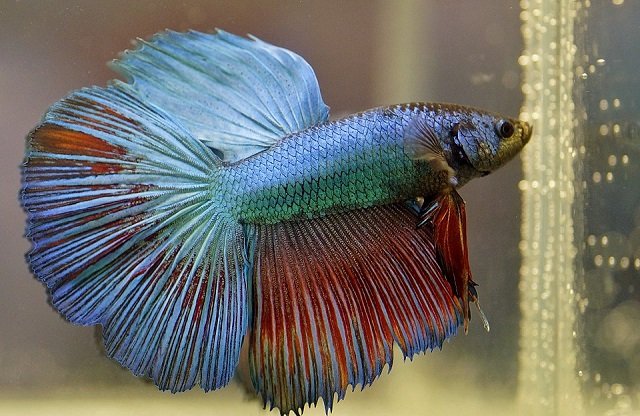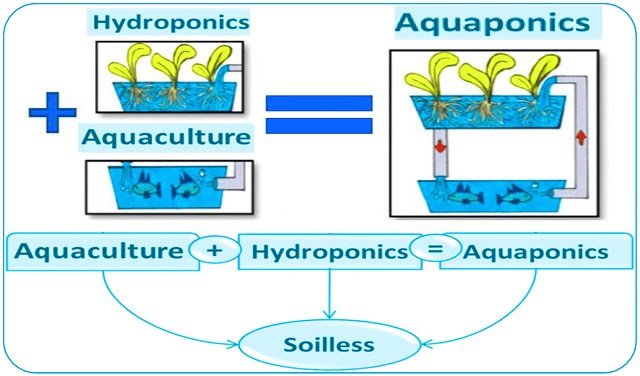
Biofloc technology (BFT) has established itself as a sustainable and efficient alternative in aquaculture, allowing for improved water quality and nutrient reuse. However, the stability of its microbial community is key and sometimes challenging. Pathogen control is fundamental to ensuring the health of the cultured organisms. An emerging strategy is the use of different carbon sources to modulate this microbiota.
Recently, soybean oligosaccharides (SBOS), non-digestible carbohydrates derived from soybeans, have gained attention for their prebiotic potential, favoring beneficial bacteria. A recent study, published in Aquaculture Reports by researchers from Huzhou University and the Institute of Hydrobiology of the Chinese Academy of Sciences, investigated how the partial substitution of traditional carbon sources (glucose and starch) with SBOS impacts water quality and the microbial community in experimental biofloc systems. The results suggest that a specific dose of SBOS could be a valuable tool for improving the efficiency and biosecurity of BFT.
How Was the Study Conducted?
The experiment was carried out in experimental tanks for 30 days. Five groups were established, each with four replicates:
- Control Group (Con): Used a mixture of starch and glucose (7:3 ratio) as the carbon source.
- Experimental Groups (DD1, DD2, DD3, DD4): Replaced the control mixture with 2.5%, 5%, 7.5%, and 10% SBOS, respectively.
In all groups, a Carbon:Nitrogen (C/N) ratio of 15 was maintained, using ammonium chloride as the nitrogen source. Researchers added Bacillus subtilis at the beginning, and key parameters were monitored:
- Water Quality: Weekly measurements were taken for ammonia nitrogen (NH4+−N), nitrite (NO2−−N), and nitrate (NO3−−N) levels, in addition to biofloc volume (FV) and turbidity. Temperature, pH, and dissolved oxygen were controlled daily.
- Biofloc Composition: At the end of the study, the crude protein and crude lipid content of the dried biofloc were analyzed.
- Microbial Community: At 15 days, samples were taken to analyze the diversity and composition of bacteria using 16S rRNA gene sequencing.
What Did the Study Reveal About SBOS?
The results showed different effects depending on the dose of SBOS used, highlighting the group with 5% substitution (DD2).
Impact on Water Quality
- Nitrite (NO2−−N) Reduction: At 7 days, the groups with 5% (DD2), 7.5% (DD3), and 10% (DD4) SBOS showed significantly lower nitrite accumulation compared to the control group. Nitrite is a toxic compound for aquatic organisms, so its reduction is a positive indicator.
- Nitrate (NO3−−N) Control: Although nitrate tended to accumulate in all groups (a byproduct of nitrification), the DD2 group (5% SBOS) showed a significant reduction in nitrate accumulation towards the end of the experiment (day 28). This suggests a possible improvement in denitrification or microbial assimilation processes at this concentration.
- Biofloc Volume (FV) and Turbidity: Biofloc formation was rapid, observed in all groups by day 5. FV reached its peak in the DD4 group (10% SBOS) on day 14, although DD2 (5% SBOS) showed good volume on day 28. Turbidity in the SBOS groups tended to stabilize and decrease after 21 days, unlike the control, which could indicate better floc aggregation.
Nutritional Composition of Biofloc
- Crude Protein: All groups with SBOS showed significantly higher crude protein content than the control (26.14%). The DD1 group (2.5% SBOS) reached the highest value (34.93%). This finding is relevant, as biofloc can serve as a supplementary food source for cultured organisms, and higher protein content enhances its nutritional value.
- Crude Lipids: Contrary to protein, the lipid content was significantly lower in the SBOS groups compared to the control. The lowest value was recorded in DD2 (8.35%). Although lipids are an energy source, these levels suggest the need to supplement with commercial feeds to meet lipid requirements.
Modulation of the Microbial Community
The microbiota analysis revealed significant changes, especially in the DD2 group (5% SBOS):
- Diversity: While general diversity indices (Chao, Ace, Shannon) did not show major differences, the Simpson index was significantly higher in DD2 compared to DD4, suggesting that an intermediate concentration of SBOS (5%) favors greater diversity compared to higher doses (10%), which might inhibit certain microbial groups. The DD2 group also had the highest number of unique species.
- Composition at Phylum Level: The dominant phyla were Patescibacteria, Actinobacteriota, and Bacteroidota. Notably, DD2 (5% SBOS) showed significantly higher abundance of Actinobacteriota (known for degrading complex organic matter and having probiotic roles) and lower abundance of Bacteroidota (a diverse group with beneficial and potentially harmful members) compared to the control.
- Composition at Genus Level (DD2 Group vs. Control):
- Decrease in Potentially Harmful Bacteria: A significant reduction in the abundance of Sphingobacterium and Deinococcus was observed.
- Increase in Beneficial Bacteria: There was a significant increase in the abundance of Bdellovibrio (a genus known for preying on other bacteria) and Niveispirillum. These changes suggest that 5% SBOS can positively select for a more beneficial and balanced microbial community.
- Metabolic Functions: Functional analysis predicted that in DD2, metabolic pathways associated with transport, signal transduction, and nucleotide metabolism decreased, while those related to the metabolism of terpenoids and polyketides, lipid metabolism, and xenobiotic biodegradation increased. This indicates changes in the metabolic priorities of the microbial community induced by SBOS.
Implications for Aquaculture
This study provides scientific evidence on the potential of soybean oligosaccharides as a functional additive in biofloc systems. The key findings are:
- Improved Water Quality: The 5% SBOS dose (DD2) proved effective in reducing the accumulation of nitrite and, in the long term, nitrate – nitrogenous compounds that are toxic or undesirable at high concentrations.
- Positive Microbiota Modulation: The same treatment (DD2) favored a relative increase in bacteria considered beneficial (Bdellovibrio, Niveispirillum, Actinobacteriota) and a decrease in others potentially harmful (Sphingobacterium, Deinococcus, Bacteroidota). This can contribute to greater system stability and resilience against pathogens.
- Nutritional Potential: The biofloc generated with SBOS had higher protein content, which could partially reduce dependence on commercial feeds and lower production costs.
Conclusion
The incorporation of soybean oligosaccharides, specifically at a 5% replacement rate of the traditional carbon source (glucose:starch mixture 3:7), emerges as a promising strategy for optimizing biofloc systems. It improves key water quality parameters and promotes a healthier, more functional microbial community.
Stay Always Informed
Join our communities to instantly receive the most important news, reports, and analysis from the aquaculture industry.
While these results are encouraging, more research is needed to validate these effects under commercial-scale farming conditions and with different aquaculture species. A better understanding of how SBOS interacts with different C/N ratios and other operational factors will allow for the development of more precise guidelines for its application, fostering more sustainable and efficient aquaculture.
Contact
Ming Duan
Institute of Hydrobiology, Chinese Academy of Sciences
Wuhan 430072, China
Email: duanming@ihb.ac.cn
Reference (open access)
Ma, H., Tian, M., Zhang, R., Zhao, J., Xu, Q., & Duan, M. (2025). Effects of soybean oligosaccharides on water quality and microbial community in biofloc systems. Aquaculture Reports, 42, 102798. https://doi.org/10.1016/j.aqrep.2025.102798
Editor at the digital magazine AquaHoy. He holds a degree in Aquaculture Biology from the National University of Santa (UNS) and a Master’s degree in Science and Innovation Management from the Polytechnic University of Valencia, with postgraduate diplomas in Business Innovation and Innovation Management. He possesses extensive experience in the aquaculture and fisheries sector, having led the Fisheries Innovation Unit of the National Program for Innovation in Fisheries and Aquaculture (PNIPA). He has served as a senior consultant in technology watch, an innovation project formulator and advisor, and a lecturer at UNS. He is a member of the Peruvian College of Biologists and was recognized by the World Aquaculture Society (WAS) in 2016 for his contribution to aquaculture.




